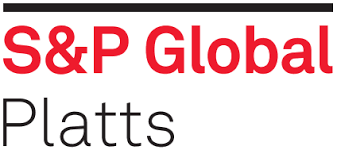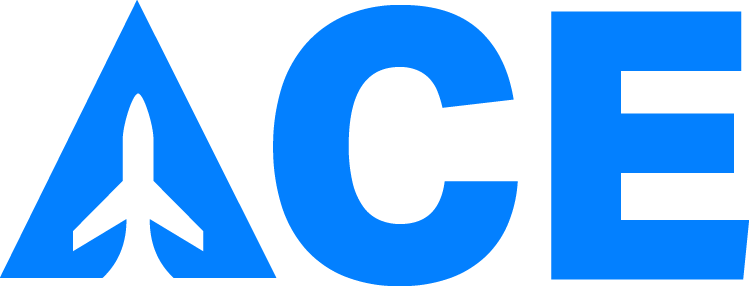Announcements
No posts found.
Press

Prices for voluntary emissions reductions (VERs) edged up to new heights this week with both lower-end CORSIA-eligible credits and mid-range nature-based units making gains, while Xpansiv market CBL reported a fourfold year-on-year rise in its carbon trade for Q2…. CBL reported a 10-cent rise for its CORSIA-aligned spot Global Emissions Offset (GEO), which settled at a record $2.85 on Friday.
Platts’ Nature-Based Carbon Credit Projects (CNC) assessment lifted 22 cents to $4.67, bringing it closely in line with CBL’s spot Nature-Based GEO (N-GEO), which remained steady at $4.65 for the third straight week.
Xpansiv said it handled a record 25.84 mln carbon offset transactions over Q2, up by a third on the previous quarter and a massive 374% year-on-year. Its GEO contract transacted 2.29 mln, while its N-GEO – which began trading Apr. 19 – saw 2 Mt change hands during the quarter. This included the first physical delivery of GEO spot contracts to settle the GEO futures traded on CME Group’s NYMEX exchange. CME intends to launch its N-GEO futures contract in August.

U.S. exchange operator CME Group will launch a nature-based global emissions offset futures contract on Aug. 1 to help bring more transparency to the growing global voluntary carbon offset market, it said on Monday. Nature-based offsets can be generated through schemes such as planting trees, agriculture projects or protecting forests that would otherwise be destroyed.

Carney’s Taskforce says the model for increasing the integrity of the market and increasing the quality of credits is a contract pioneered by an Australian global exchange platform, CBL Markets…. CBL co-founder Ben Stuart says when his firm developed the Global Emissions Offset (GEO) product, it was a breakthrough because each carbon offset project was vetted for eligibility. The uniform screening framework for GEO relies on the Carbon Offsetting and Reduction Scheme for International Aviation, which aims to cap global aviation emissions at 2019 levels beginning in 2021 and through to 2035….
Stuart says the global market for trading offsets is suited to sophisticated corporate and institutional investors because of the large size of transactions. They have been extremely active over the past few years judging from turnover in carbon offsets at CBL Markets, which has risen from 10 million tonnes in 2019 to 30 million tonnes in 2020, and 40 million tonnes in the first six months of this year.

2021 will probably be remembered as the year when carbon finance emerged as a talking point among a wide range of industries…. the most liquid carbon credits exchange currently, the New York–based Xpansiv [market] CBL, shared a figure that made that clear: on May 7, CBL’s year-to-date carbon volume of more than 30 million tons of CO2 traded emissions was already approaching 2020’s full-year record of 31 million tons.

I firmly believe in the dictum that to manage something, one must be able to measure it, and Xpansiv’s Digital Feedstock allows producers to directly measure the environmental impact of products, allowing investors to determine a market price for what sustainability is worth. This month, Xpansiv announced that it has published a written framework to govern the issuance, transaction, settlement, and retirement of evidenced-based ESG performance claims associated with fuels. This framework will set rules that will enable stakeholders in the fuels business – including producers, industrial and commercial consumers, carbon registries, carbon credit buyers, and independent data verifiers and publishers – to do two important things:
- Gain confidence that the measurement of environmental impact related to fuel production meets a minimum reliability threshold and
- Gain access to a mechanism by which operational data related to fuel production are encrypted and subject to automatic independent validation (what Xpansiv calls “Proof of State™”)
What this means is that market participants will be able to readily understand the environmental impact of the mining, production, refining, and transport of all types of fuels – natural gas, crude oil, aviation fuel, bio-based fuels and “green” and “blue” hydrogen. Understanding that, markets will be able to set the value of low-impact production methods. Producers will be able to sell two commodities – the fuels themselves and the record of the ESG attributes of those fuels. They will be incentivized to produce cleanly and producers that fail to do so will go the way of buggy whip manufacturers.

[Trovio] is set to launch the world’s first carbon neutral gold ETF, known as GoldZero, on the Australian Securities Exchange. GoldZero has been jointly developed with Xpansiv CBL Markets (CBL), the world’s largest voluntary carbon credit exchange. The carbon neutral ETF will leverage Trovio’s proprietary technology to immutably link digital certificates for physical gold with CBL’s commoditised carbon offset contracts — creating a market leading solution to ESG compliant gold.






